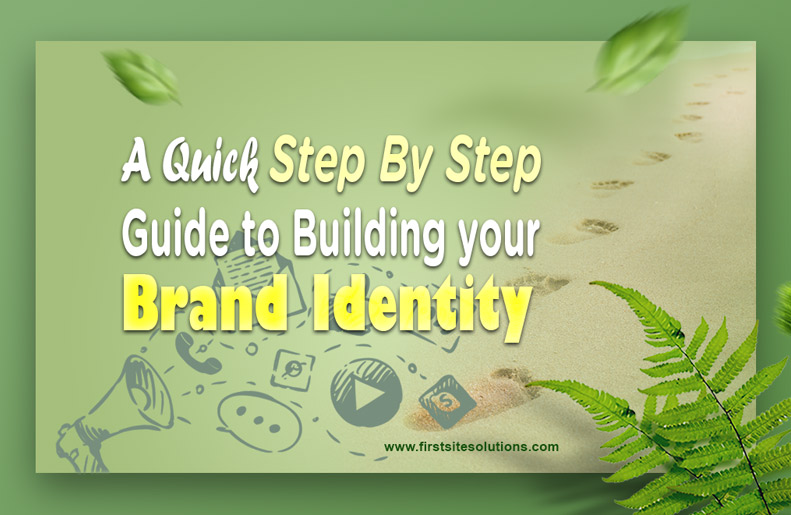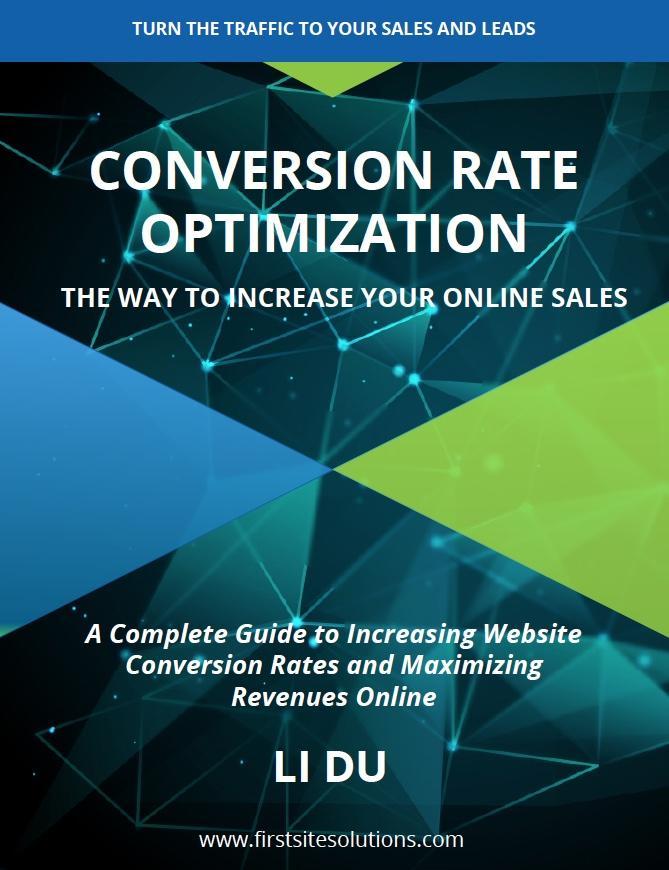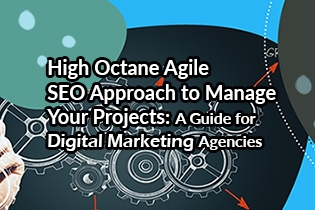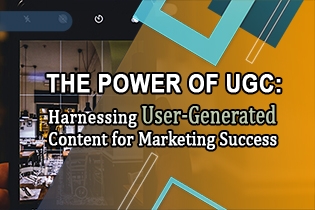
A strong brand identity is a well-researched one, a carefully constructed one which communicates who you are and what you do as efficiently as possible. It’s not just graphics and a tagline – there’s so much more to it. Any SME or small business who wants to maximise their success and be in it for the long term should seriously think about their branding and if it’s doing what they need. To help on your way, let’s look at:
- What is a brand identity?
- Why you need to research
- The best branding assets and must-haves
It’s not always expensive and time-consuming, but it does need some investment and considered thought, so let’s read on and kick-off 2021 with a branding overhaul for your SME…
What is a brand identity?
When we talk about human identities, we mention how they look, how they sound, their attitude and opinions – everything that encompasses their identity. And it’s the same with a brand.
Your brand identity is all your visuals and marketing, all the music and sounds you use, what you stand for and what you promote. This means your logo, values, what charities you work with, your chosen typeface, any packaging and labelling, and more. These all combine to become your brand identity which helps you communicate with your preferred customer base.
Brands like Apple, Amazon and Coca-Cola have got their brand identities down to an art. And it all comes down to consistency, understanding their audience and relevancy.
“While Coke is built around the same positive experience as it was upon conception, it also remains modern and topical, making the most of popular culture to remain relevant.”

For the 130+ years, they’ve been in business, they have rebranded a few times, but they kept the overall style consistent – strong cursive font with red and white colouring and a fresh, happy feel. They learned from their product and branding failures to reinvest in the products that work, and continue to highlight their place in modern-day life.
When creating yours, here are some things to try and do:
- Make it memorable
- Make it stand out from the crowd
- Ensure that it’s flexible
- Check that it all flows together
- Try and make it easy to use
Why you need to research
Of course, you can’t start rebranding or evolving without research and discovering what is or isn’t working:
Step 1: Make a plan
Write down what you want to do and how you think you can go about it. This is the time to write down all your ideas and thoughts about what you’d love to change. It doesn’t have to be perfect, think of it as your Wishlist of what you would like your brand to have and do.
Step 2: Assess your current identity
Speak to your co-workers and employees to find out what needs work or works well – they work with the brand and your customers every day, so they should know the pain points. You could also conduct customer surveys to find out what they would like you to say or do. Research shows that consumers consider a lot before buying these days, so it’s good to discover their opinions.
Step 3: Check out the competition

Look at others in your market and see what it is they do well or could do better. Is there something your customers value that none of your competitors is expressing? This is where you can stand out and differentiate yourself from the crowd. It could be through different colours, different values, anything.
Step 4: Refine, refine, refine
Now you have all this research, take another look at your plan and get rid of things that aren’t suitable or don’t align with what your co-workers and customers need or value. Every action and point in your rebranding strategy should be backed up by evidence, don’t do something just because you think you have to.
All this hard work will help you prepare your rebranding brief for whatever branding agency or designer you are going to ask to help you. Without it, they’ll have trouble bringing your plan to life and you may have trouble explaining why you need it.
The best branding assets and must-haves
Now that you have your brief ready, it’s time to start designing and rewriting.
Step 5: Brainstorming
A good way to start is to brainstorm visuals and words that you want your brand to be associated with or could use – think of it as a mood board for your agency. For example, a miniature model company may choose words like “bespoke, miniature, custom, design” with visuals of statues, models and interior minimalist design. Or a noodle bar may pick “Quick, speed, time” with visuals of clocks, food pick up and alfresco dining.
Step 6: Designing
These images and words can be used to inform your must-have design elements:
- Logo
- Colours
- Typography
- Photography
- Iconography
- Other visualisations.
These are the backbone of the rebrand as they are what first gets presented to your customers, so they need to be on point. Make sure the designs do what you need them to and say what you need them to say.
Step 7: Style Guides for the future
It might be a good idea to generate a style guide once you’re happy that goes through all your best practise and guidance for using the new assets and generating new designs in the future. Give examples of what to do and what not to do so future designers are clear on what’s expected.
Final tips:
- When creating your logo and icons, consider how they may look in stamp form – this will help you keep things clean, simple and effective.
- Remember to redo your research now and then to make sure you’re still relevant
- Give some online listening tools a try to see if there’s any way you can make the most of current trends
- Stay in contact and connect with your customers to build a relationship
Refreshing your brand identity as an SME or small business is a smart move if you’re looking to scale up and find your niche in the market. And it’s not too hard to accomplish if you follow these steps, get branding or design help where you need it and ensure consistency, relevancy and understanding across the board.








